Stir Up Some Fun: Easy and Delicious Wok Recipes for Beginners
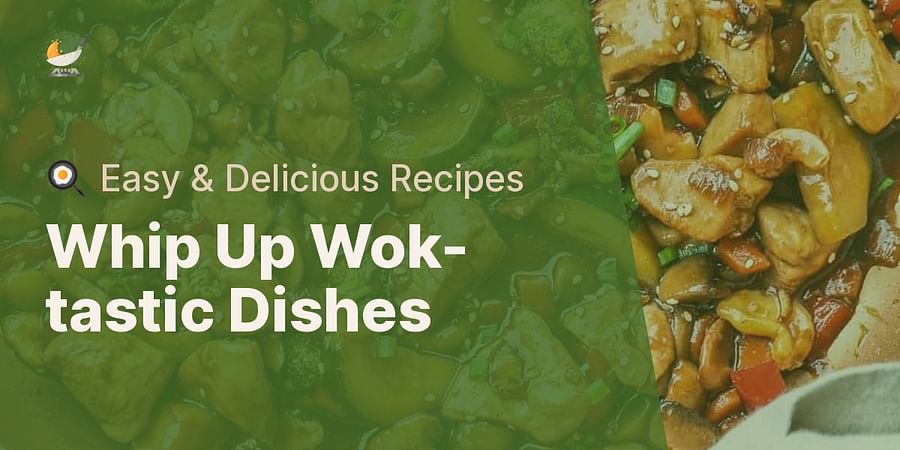
If you're new to the world of cooking, or simply looking for a fun, versatile way to whip up delicious meals, wok cooking is a fantastic place to start. Why? Let's dive in.
Wok cooking is incredibly forgiving. Unlike other cooking methods that require precise temperature control, woks are quite lenient. A bit too hot or too cool, and your dish will still turn out tasty. This makes wok cooking perfect for beginners who are still learning to manage heat in the kitchen.

It's all about speed and simplicity. Wok dishes often come together in minutes, making them perfect for busy weeknights. Plus, many delicious wok recipes require just a handful of ingredients, keeping your shopping list short and sweet.

Woks are versatile. From stir-fries to deep-frying, steaming to smoking, a wok can do it all. This means that with just one pan, you can explore a wide range of easy Asian wok recipes, expanding your culinary repertoire without cluttering your kitchen with gadgets.

Finally, wok cooking is a sensory delight. The sizzle as ingredients hit the hot pan, the vibrant colors of fresh veggies, the enticing aromas - it's a feast for the senses that makes cooking an enjoyable, immersive experience.

So, if you're a beginner in the kitchen, don't be intimidated. With a good wok, a guide to seasoning a wok, and a collection of beginner wok recipes, you'll be cooking up delicious meals in no time. Welcome to the wonderful world of wok cooking!
Now that you're ready to embark on your wok cooking journey, let's talk about the essential tools you'll need. These tools are not just about making your cooking process easier, but they also play a crucial role in bringing out the authentic flavors of Asian cuisine wok cooking.
The Wok: The star of the show is, of course, the wok itself. There are many types of woks available, but for beginners, I recommend a flat-bottomed carbon steel wok. It heats evenly, is durable, and works well on most stovetops.

Wok Spatula: A wok spatula, with its long handle and wide, curved blade, is designed to toss and stir food with ease. It's an essential tool for mastering those quick, flipping motions that are so characteristic of wok cooking.

Wok Lid: A lid is useful for techniques like steaming and simmering. Look for a dome-shaped lid that fits your wok perfectly.
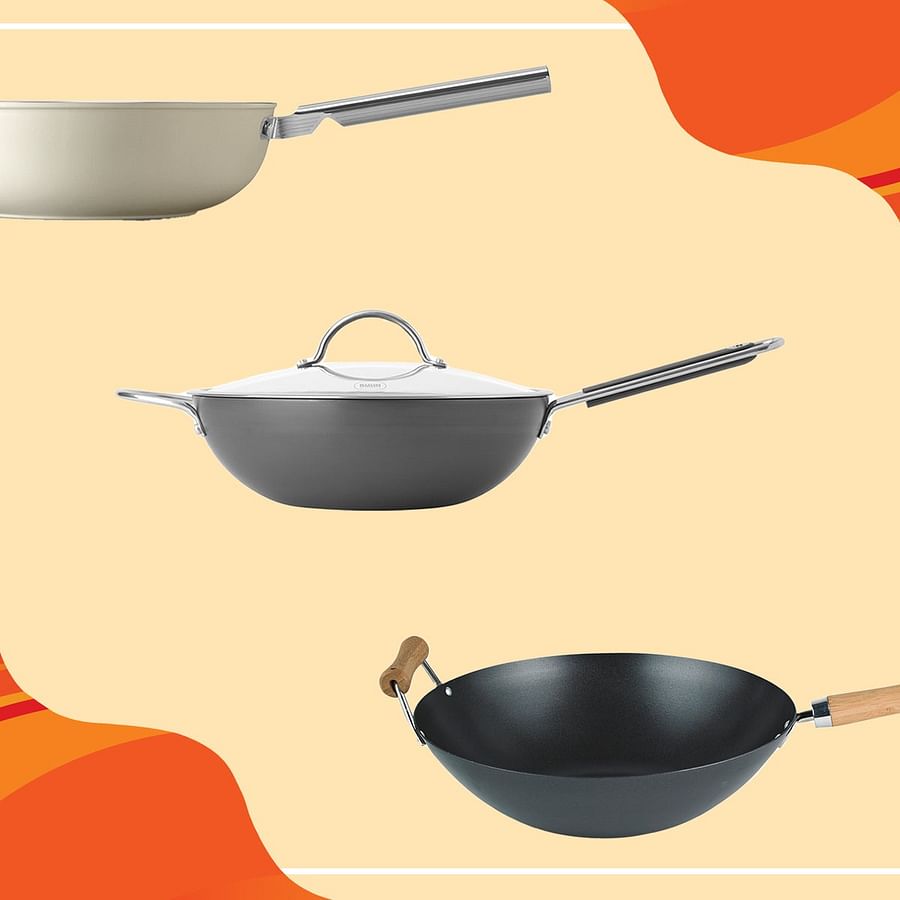
Bamboo Steamer: If you're keen on exploring dishes like dumplings or steamed fish, a bamboo steamer is a great addition. It fits right into your wok, allowing you to steam food while preserving its nutrients and flavors.

Chopsticks: A pair of long cooking chopsticks can be incredibly versatile. They're perfect for stirring, flipping, and even deep-frying.

Cleaver: Lastly, a good cleaver is a must-have. It's not just for chopping; you can use it to crush garlic, scoop up ingredients, and more.

With these tools in your kitchen, you're well-equipped to start exploring delicious wok recipes. But before you do, let's talk about how to season your wok - a crucial step to ensure your food doesn't stick and your wok lasts a lifetime.
Seasoning your wok is an essential step in your wok cooking journey. This process not only prevents your food from sticking but also creates a natural, non-stick cooking surface that enhances the flavor of your dishes. Here's a simple guide to seasoning a wok:
Step 1: Clean Your Wok
Start with a clean slate. Wash your new wok with warm soapy water and a sponge to remove any factory oils. Rinse and dry thoroughly.

Step 2: Heat Your Wok
Place your wok on high heat. As it heats, you'll notice it start to change color. This is a sign that your wok is ready for seasoning.

Step 3: Add Oil
Once your wok is hot, add a couple of tablespoons of high smoke point oil, such as peanut or canola oil. Swirl the oil around to coat the entire surface of the wok.

Step 4: Add Aromatics
For an extra layer of flavor, add some aromatics to your wok. This could be a couple of slices of ginger, some garlic, or green onions. Stir-fry these in the oil for a few minutes.

Step 5: Cool and Clean
After stir-frying the aromatics, let your wok cool. Then, rinse it with warm water and a soft sponge. Avoid using soap or abrasive materials. Once clean, dry your wok thoroughly to prevent rusting.

Step 6: Repeat
For the best results, repeat this process a few times. Your wok is fully seasoned when it has a dark, glossy finish that doesn't come off when you cook.

Remember, the more you cook with your wok, the better it gets. Each dish you make adds another layer of seasoning, enhancing the flavors of your future meals. Now that your wok is seasoned, you're ready to stir up some fun with easy and delicious wok recipes!
Now that your wok is seasoned and ready, let's dive into some easy and delicious wok recipes that are perfect for beginners. These recipes will introduce you to the versatility of wok cooking and the rich flavors of Asian cuisine.
First on our list is the classic Vegetable Stir-fry. This is one of the simplest yet most delicious wok recipes you can try. All you need are your favorite vegetables, some soy sauce, and a bit of sesame oil. The key here is to keep the wok hot and stir your veggies continuously for a crisp-tender result.

Next, we have the Chicken Fried Rice. This dish is a great way to use leftover rice and it's packed with flavor. Start by stir-frying diced chicken, then add vegetables, rice, and a splash of soy sauce. Finish it off with some scrambled eggs and green onions for a satisfying meal that's ready in no time.

For seafood lovers, Shrimp with Garlic Sauce is a must-try. This dish features succulent shrimp stir-fried with garlic, ginger, and a tangy sauce. It's a quick and easy recipe that delivers a restaurant-quality meal at home.

Finally, for a vegetarian option, try the Tofu and Broccoli Stir-fry. This dish is packed with protein and nutrients, and it's full of flavor thanks to the soy-ginger sauce. Remember, tofu can stick to the wok, so make sure your wok is well seasoned and hot before adding your ingredients.
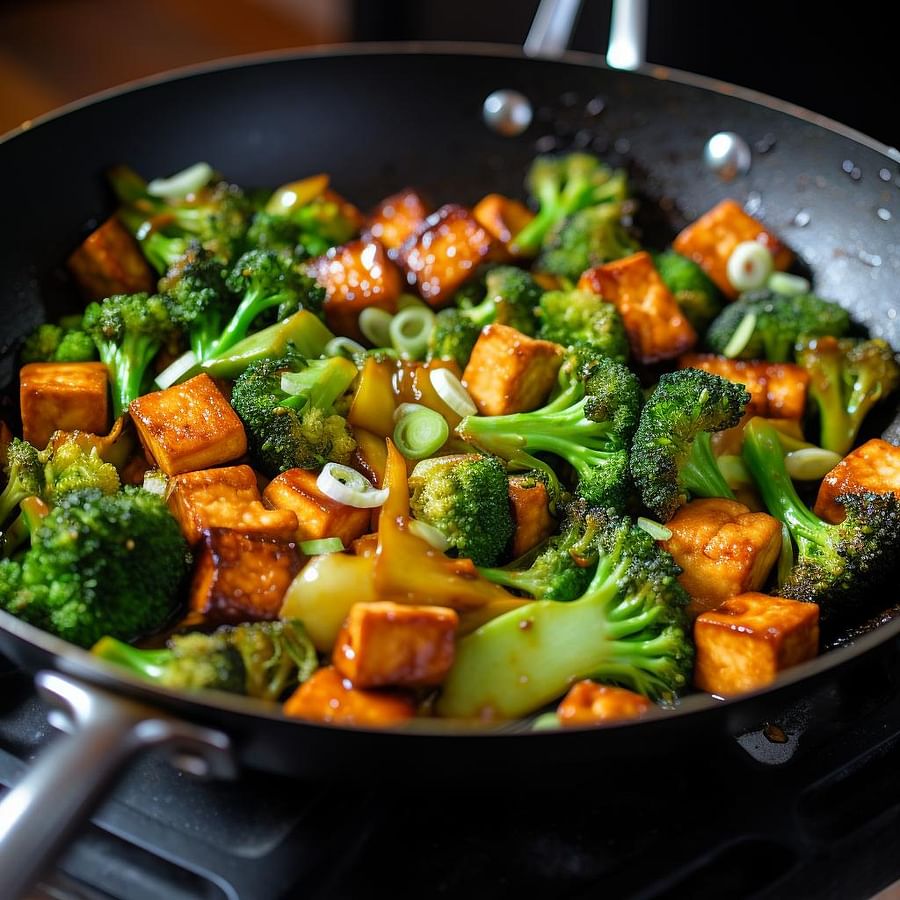
These beginner wok recipes are not only easy to make but also incredibly delicious. They will surely impress your family and friends and make you fall in love with wok cooking. So, grab your wok and let's get cooking!
Stepping into the realm of Classic Asian Stir-Fry Recipes can be an exciting culinary adventure, especially for beginners. These recipes are not only delicious but also simple to prepare, making them perfect for those new to wok cooking.
First off, we have the Beef and Broccoli Stir-fry, a staple in Asian cuisine. This dish combines tender slices of beef with crisp broccoli in a savory sauce. The key to this dish is to quickly sear the beef at high heat, ensuring it remains juicy and flavorful.

Next up is the Sweet and Sour Pork. This dish is a delightful mix of tangy and sweet flavors. The pork is first fried to a golden crisp, then stir-fried with bell peppers, pineapple, and a tangy-sweet sauce.

For those who love a bit of heat, the Kung Pao Chicken is a must-try. This dish is a symphony of flavors, featuring chicken, peanuts, and vegetables, all brought together with a spicy sauce. The secret to this dish is the Szechuan peppercorn, which gives it a unique, tingling sensation.

Lastly, we have the Vegetable Lo Mein. This dish is a wonderful vegetarian option, packed with colorful vegetables and soft noodles, all coated in a savory soy-based sauce. Remember, the key to a great stir-fry is to cook quickly over high heat, so keep your ingredients ready and your wok hot.

These classic Asian stir-fry recipes are a great way to explore the versatility of your wok. They are not only easy to prepare but also packed with flavors that will transport you straight to the heart of Asian cuisine. So, don your apron, heat up your wok, and embark on this delicious journey of wok cooking!
After mastering the art of stir-frying, it's time to venture into the realm of One-Pan Wonders: Quick and Easy Wok Meals. These beginner wok recipes are perfect for those busy weeknights when you want a delicious meal without the fuss of cleaning up multiple pots and pans. Wok cooking is not just about stir-fries; it's a versatile cooking method that allows you to create a variety of easy Asian wok recipes, all in one pan!
One of my personal favorites is the Chicken Fried Rice. This dish is a fantastic way to use leftover rice and transform it into a flavorful meal. The trick is to use cold, day-old rice as it has a firmer texture that won't turn mushy when stir-fried. Add in some diced chicken, peas, carrots, and a dash of soy sauce, and you've got a hearty meal that's ready in minutes.
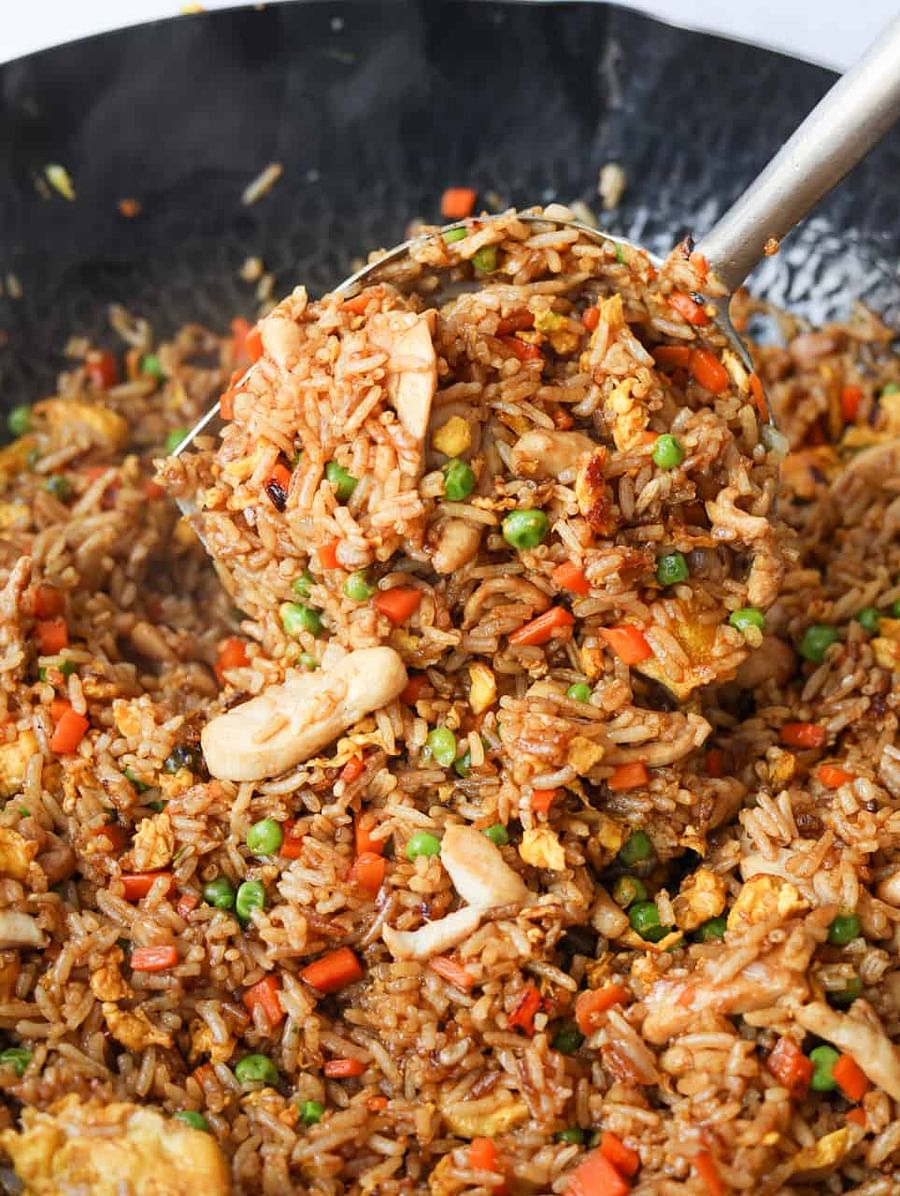
Another one-pan wonder is the Shrimp Pad Thai. This classic Thai dish is a delightful mix of stir-fried rice noodles, succulent shrimp, crunchy bean sprouts, and a tangy tamarind sauce. Top it off with crushed peanuts and a squeeze of lime for that extra zing.

For those who love a bit of spice, the Spicy Basil Beef is a must-try. This dish combines strips of beef with fresh basil leaves and fiery Thai chilies, all stir-fried in a savory sauce. The result is a dish that's bursting with flavor and heat.

These one-pan wonders are not only quick and easy to prepare, but they also showcase the versatility of wok cooking. So, grab your wok, gather your ingredients, and let's stir up some fun with these delicious wok recipes!
As we journey further into the world of wok cooking, let's explore some essential tips and tricks to ensure your culinary adventures are a resounding success. Whether you're whipping up beginner wok recipes or diving into more complex dishes, these pointers will help you master the art of wok cooking.
1. High Heat is Your Friend: Wok cooking is all about high heat. It's what gives your food that delightful sear and locks in flavors. Always preheat your wok before adding your ingredients. You'll know it's ready when a drop of water sizzles and evaporates immediately upon contact.
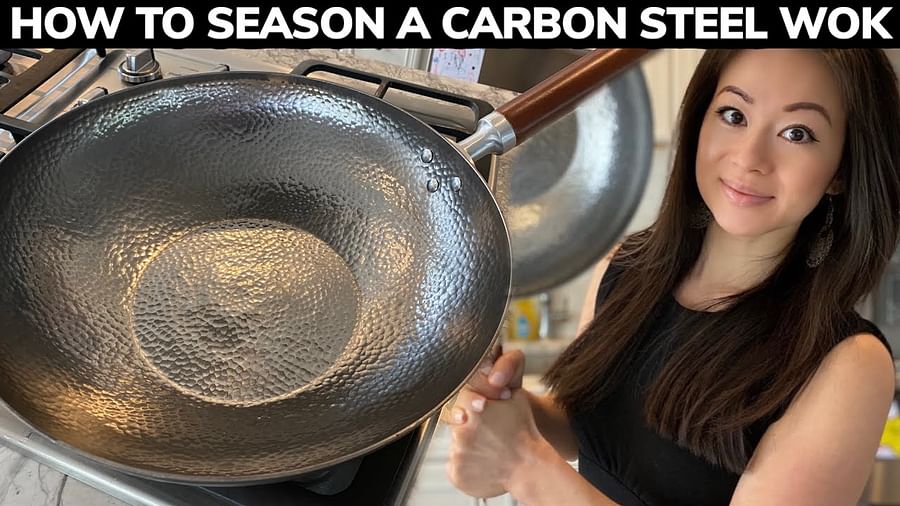
2. Cook in Batches: Overcrowding your wok can lead to steaming instead of stir-frying. To avoid this, cook your ingredients in batches, especially when dealing with meat. This ensures each piece gets the high heat it needs for a perfect sear.

3. The Art of Stir-Frying: The key to successful stir-frying is to keep your ingredients moving. Use a spatula or a wok ladle to toss your food, ensuring it cooks evenly and doesn't stick to the wok.

4. Seasoning is Essential: Remember our guide to seasoning a wok? A well-seasoned wok not only prevents food from sticking but also adds a unique flavor to your dishes, often referred to as 'wok hei' or the 'breath of the wok'.

5. Choose the Right Oil: Not all oils are created equal when it comes to wok cooking. Opt for oils with a high smoke point, like peanut or canola oil. These withstand high temperatures without burning, making them perfect for stir-frying.

With these tips in your culinary toolkit, you're well on your way to creating delicious wok recipes. Remember, practice makes perfect. So, don't be afraid to experiment and most importantly, have fun with it!
Post a comment